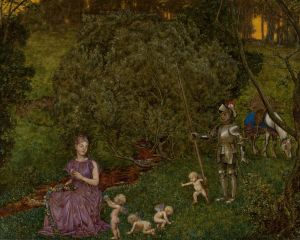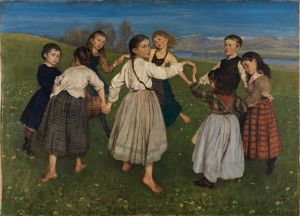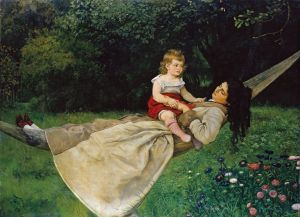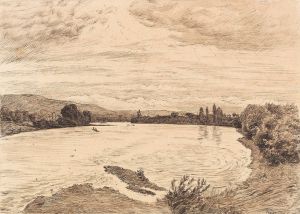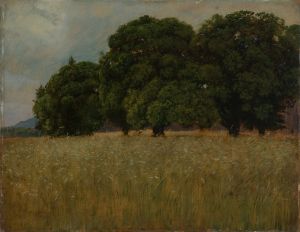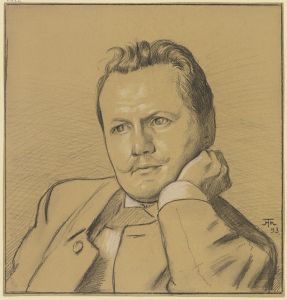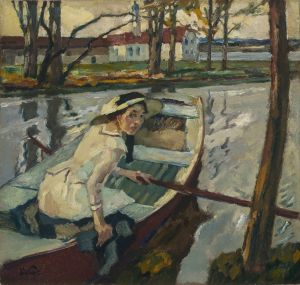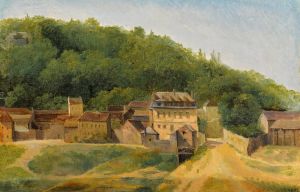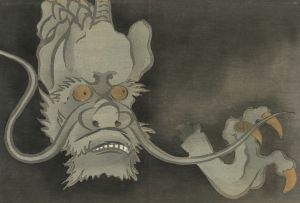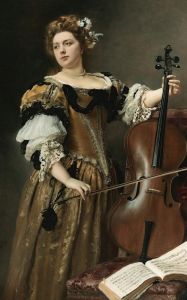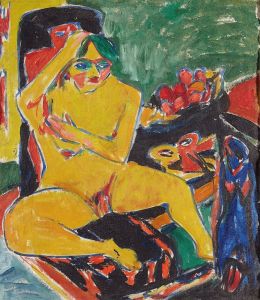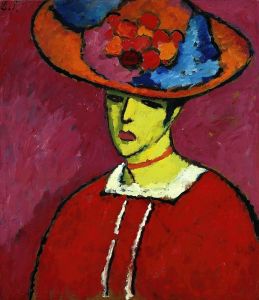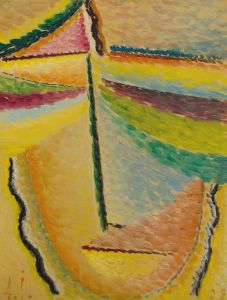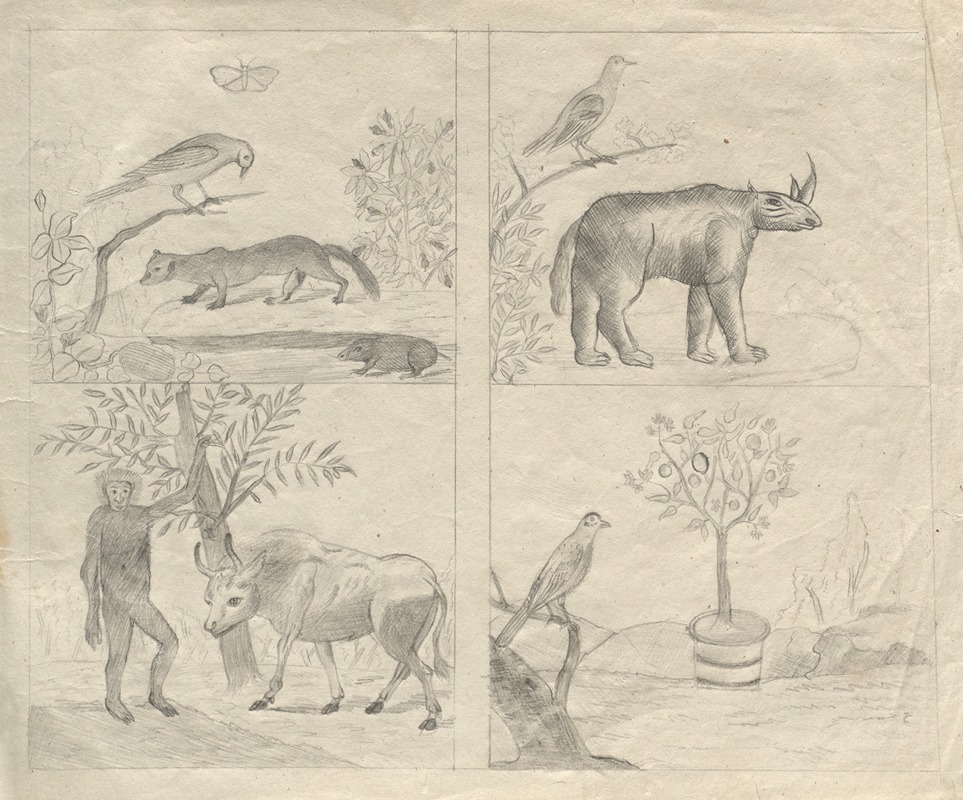
Sketchbook
A hand-painted replica of Hans Thoma’s masterpiece Sketchbook, meticulously crafted by professional artists to capture the true essence of the original. Each piece is created with museum-quality canvas and rare mineral pigments, carefully painted by experienced artists with delicate brushstrokes and rich, layered colors to perfectly recreate the texture of the original artwork. Unlike machine-printed reproductions, this hand-painted version brings the painting to life, infused with the artist’s emotions and skill in every stroke. Whether for personal collection or home decoration, it instantly elevates the artistic atmosphere of any space.
Hans Thoma was a German painter and graphic artist, born on October 2, 1839, in Bernau, in the Black Forest region of Germany. He is known for his landscapes, portraits, and mythological scenes, which often reflect a blend of realism and symbolism. Thoma's work is characterized by its detailed representation of nature and a distinctive use of color, which often conveys a sense of tranquility and harmony.
"Sketchbook by Hans Thoma" refers to a collection of drawings and sketches by the artist, which provide insight into his creative process and artistic development. Sketchbooks are valuable resources for understanding an artist's methods, as they often contain preliminary studies, compositional experiments, and spontaneous ideas that may not be present in finished works. Thoma's sketchbooks likely include a variety of subjects, from landscapes and figures to studies of light and shadow.
Thoma's early artistic education began with an apprenticeship to a painter in Basel, followed by studies at the Karlsruhe Academy of Fine Arts. His time at the academy exposed him to the works of contemporary artists and the broader European art scene. Thoma's style was influenced by the German Romantic tradition, as well as by the works of the Old Masters, which he encountered during his travels in Italy and France.
Throughout his career, Thoma maintained a strong connection to his roots in the Black Forest, often drawing inspiration from its landscapes and folklore. His works frequently depict idyllic rural scenes, imbued with a sense of nostalgia and reverence for nature. This connection to his homeland is likely reflected in his sketchbooks, where he would have captured the essence of the natural world around him.
In addition to landscapes, Thoma's sketchbooks may also contain studies for his mythological and allegorical paintings. These works often feature figures from classical mythology or German folklore, rendered with a unique blend of realism and fantasy. Thoma's interest in these themes reflects the broader cultural movements of his time, which saw a resurgence of interest in myth and legend as a means of exploring contemporary issues and ideas.
Thoma's work gained recognition during his lifetime, and he held several prominent positions, including a professorship at the Karlsruhe Academy and directorship of the Kunsthalle Karlsruhe. His contributions to the art world were acknowledged with numerous awards and honors, and his works were exhibited widely across Europe.
Today, Hans Thoma is remembered as a significant figure in 19th-century German art, and his works continue to be studied and appreciated for their technical skill and evocative imagery. While specific details about the contents of his sketchbooks may not be widely documented, they remain an important part of his artistic legacy, offering a glimpse into the mind of an artist who sought to capture the beauty and mystery of the world around him.





